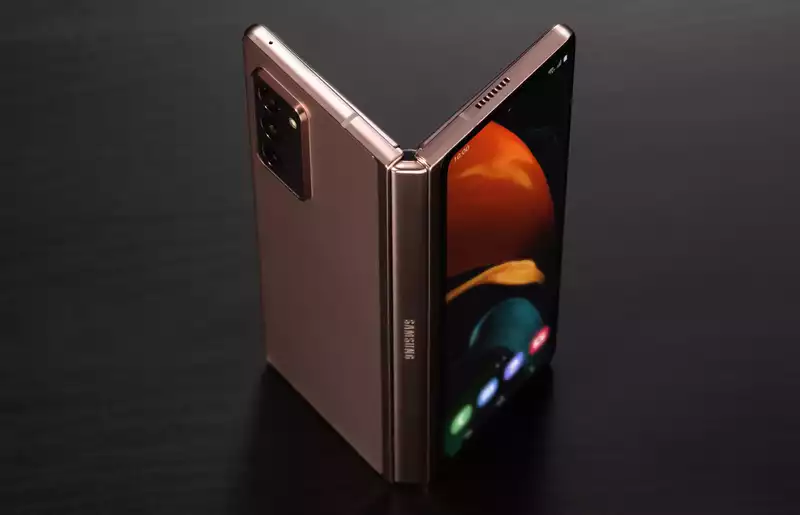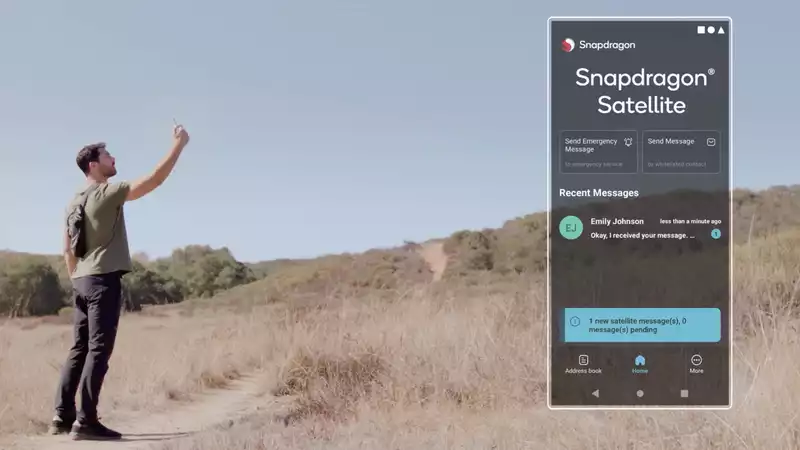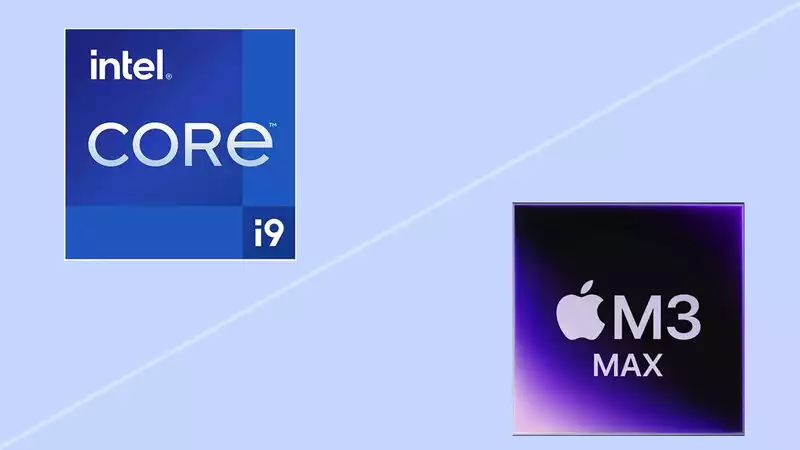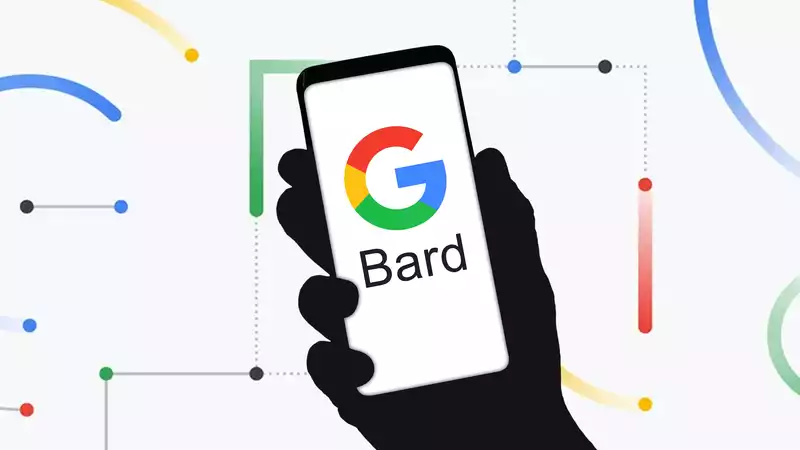According to previous rumors, the Samsung Galaxy Z Fold 3, which is likely to appear late next year, will be an evolution of the dual-screen Galaxy Z Fold 2. However, the future of Samsung's foldable device is likely to be a triple-display "multi-foldable." [That's because LetsGoDigital has unearthed a patent that hints at a multi-display future for the Galaxy Z Fold 2 and Galaxy Z Flip. The patents include three designs featuring three separate foldable displays, heralding a major step up from current foldable devices.
Samsung's patent, which bears the unhelpfully named "Electronic device controlling a screen based on a folding event and method of controlling the same," was filed earlier this year and was granted on November 19. Two of the three designs in the patent closely resemble the Z Fold and Z Flip phones with which we are familiar, while the third shows an entirely new form factor.
This unique model uses a "Z" shaped design, with the central display and the two outer panels folding in opposite directions. This means that it is possible to have three different sized phones depending on how they are unfolded, which seems to be much more versatile than the current foldable phone system.
Four cameras are depicted on the back, which the patent details as a main camera, an ultrawide camera, a telephoto camera, and a depth-sensor camera. While there is no dedicated selfie camera, the form factor of this phone means that the main array of sensors can be pointed at you or away from you to see what you are photographing.
Samsung Display recently posted a blog on "multi-foldable" displays. The illustration of a phone using this technology included in this post is very similar to this part of the patent, perhaps indicating that Samsung is seriously considering using this patent as the basis for a mass-produced phone.
The Z-fold style model looks somewhat like a pair of window shutters, with two smaller cover displays folded over the larger central display. Because of the very wide design, one wonders how easily a real version of this phone would fit in a pocket.
The same quad camera array from the first design is mounted on one of these covers, again allowing it to be used as a front or rear camera. The other cover has a narrower display that looks like an elongated version of the Galaxy Z Flip's notification screen, rather than the full display on the front of the Z Fold 2.
A unique feature mentioned for this design is the angle sensor built into the hinge. This is like a more complex version of the Z Flip's flex mode feature.
Finally, there is a third Z Flip-style design. In essence, this is a 90-degree rotation of the second design, with the phone operating in the portrait position. The camera in this design is mounted on the back of the top folded part of the phone and can be used to take normal photos in the folded position or folded inward to take selfies.
However, there is one major difference: the bottom part can be folded in both directions and used as a stand to hold the phone upright. This is a neat idea, even though folding it backward means losing part of the display. However, this part could be compensated for by using it for playback or camera controls when watching a movie or taking pictures, for example.
Samsung is currently the best folding phone manufacturer. As these patents show, even if they wanted to rush out a three-panel Galaxy Z Fold or Galaxy Z Flip, they would have little need to do so given the lack of competition.
Patents can take years to actually become products that can be purchased. Many patents never reach that point. However, the benefits of these "multi-foldables" seem compelling, so perhaps it won't be too long before we see retail versions of these concepts.
.









Comments